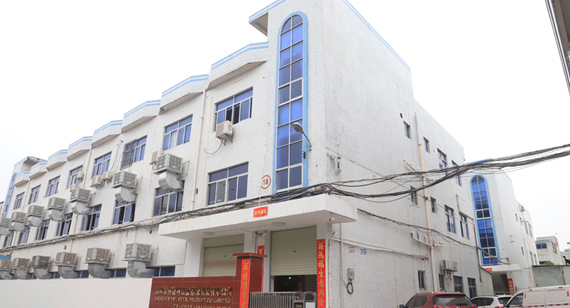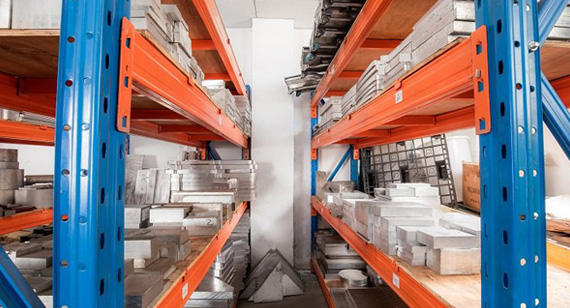15 years one-stop China custom CNC machining parts factory

Hey there I’m VMT Sam!
With 25 years of CNC machining experience we are committed to helping clients overcome 10000 complex part-processing challenges all to contribute to a better life through intelligent manufacturing. Contact us now
 115 |
Published by VMT at Feb 20 2024
115 |
Published by VMT at Feb 20 2024
Introduction:
The growing demand for CNC machined parts in the manufacturing industry has intensified the focus on lead time and costs, both from the perspective of customers and manufacturers. Lead time refers to the time from order placement to delivery, while costs encompass various expenses incurred during the production process. This article delves into the intricate relationship between lead time and costs in the realm of custom CNC machined parts, analyzing how to strike a balance to meet customer demands.

I. Fundamental Relationship Between Lead Time and Costs:
In the manufacturing industry, there exists a close relationship between lead time and costs. Generally, shorter lead times often translate to higher costs, while longer lead times may result in cost reduction. This is because achieving large-scale production within a short timeframe typically requires increased manpower and resources, leading to higher costs. Conversely, longer production cycles allow for more efficient resource and time allocation, thereby reducing costs.
II. Key Factors Influencing Lead Time and Costs:
Production Scale and Batch Size: The scale and batch size of production play a pivotal role in influencing lead time and costs. Large-scale, batch production facilitates cost reduction per unit but may extend lead times. On the other hand, small-scale, customized production may have shorter lead times but higher unit costs.

Technological Complexity: The technological complexity of CNC machined parts directly impacts lead time and costs. Parts with high technological content require more precise equipment, skilled technical personnel, and longer setup and debugging times, contributing to increased costs and extended lead times.
Material and Supply Chain Management: Factors such as material procurement, inventory management, and supply chain coordination significantly affect lead time and costs. Effective material management can reduce procurement costs and lead times, while supply chain instability may result in production delays and increased costs.

Quality Control and Traceability: To ensure the quality of custom CNC machined parts meets customer requirements, manufacturers need robust quality control systems and traceability mechanisms. This, to some extent, increases production costs and extends lead times.

After-Sales Support and Services: Providing high-quality after-sales support and services requires a certain investment in human and physical resources, impacting both lead time and costs. The timeliness and effectiveness of after-sales services are crucial for maintaining customer satisfaction and loyalty but may add pressure to manufacturing costs.
III. Balancing Lead Time and Costs to Meet Customer Needs:
Optimal Production Scale and Batch Planning: Rationalizing production scale and batch size based on market demand and product characteristics helps balance lead time and costs. For products with high demand, large-scale, batch production can reduce costs, while for customized, small-batch requirements, optimizing production processes can shorten lead times.
Technological and Equipment Optimization: Continuously adopting new technologies, processes, and advanced equipment enhances production efficiency, reduces production losses, and lowers labor costs. Simultaneously, upgrading technology shortens the production cycle for parts with high technological content, achieving a balance between lead time and costs.
Strengthening Material and Supply Chain Management: Establishing stable raw material supply channels and collaborative partnerships helps reduce procurement costs. Proper inventory management minimizes material wastage and inventory backlog. Utilizing advanced supply chain coordination technologies enhances information sharing, reducing uncertainties in the production process and ensuring on-time delivery.
Quality-First Principle: While pursuing cost reduction and short lead times, product quality should not be compromised. Manufacturers should adhere to a quality-first principle, establishing comprehensive quality control systems and traceability mechanisms. By improving product quality and reliability, the rate of after-sales maintenance and returns can be reduced, leading to long-term cost reduction and increased customer satisfaction.
Efficient After-Sales Support and Services: Building a sound after-sales support system ensures quick responses to customer needs and satisfactory solutions, impacting lead time and costs. Efficient after-sales support reduces customer complaints and maintenance costs, enhancing customer satisfaction and positive word-of-mouth.
Conclusion:
The relationship between lead time and costs in custom CNC machined parts is intricate. To balance these factors and meet customer demands, manufacturers must consider production scale and batch planning, technological and equipment optimization, material and supply chain management, adherence to a quality-first principle, and efficient after-sales support. By implementing a combination of rational planning, optimization strategies, effective management, commitment to quality, and providing efficient after-sales support, manufacturers can better balance the relationship between lead time and costs. This enhances competitiveness and sustainability in the ever-evolving manufacturing landscape.
Ready To Start Your Next Project?
Get Instant Quote

Request a Free Quote
Send us a message if you have any questions or request a quote. We will get back to you ASAP!